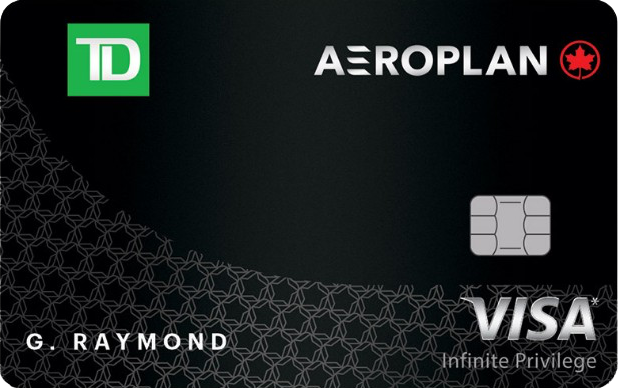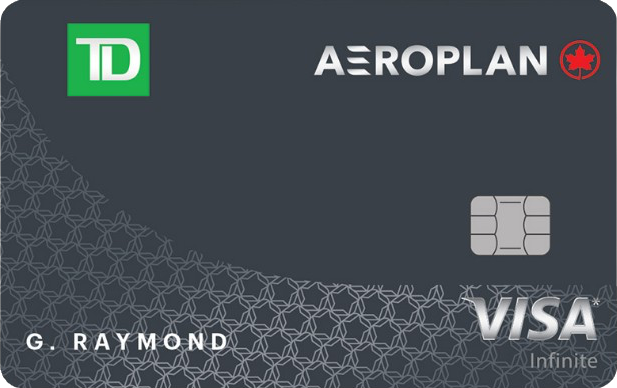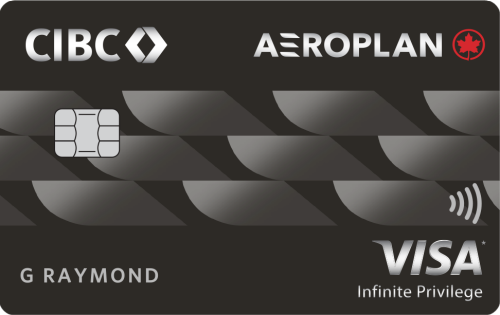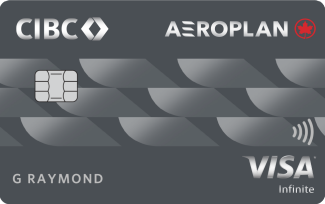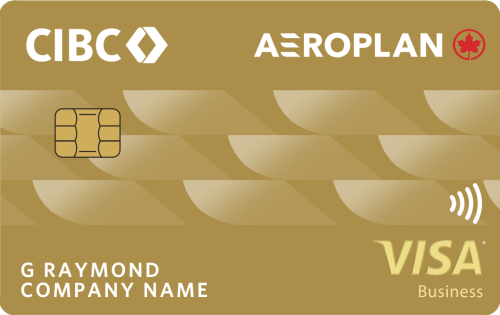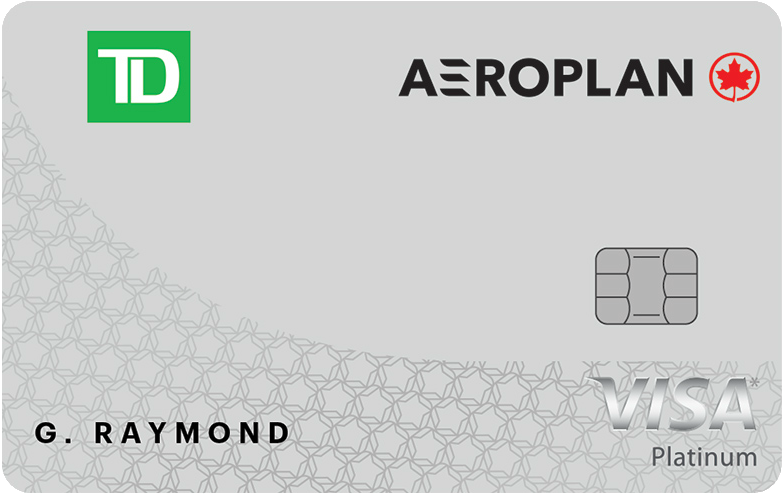One of the worst things that could happen on your Miles & Points journey is earning a tidy sum of points, only to lose them before you have a chance to make a redemption.
While some loyalty programs have done away with expirations altogether, most still have some sort of policy in place, which might cause your points to vanish into thin air if you’re not careful or organized.
In this guide, we’ll go over the expiration policies for major loyalty programs, as well as some general strategies on how to keep your points active without too much effort.
Best Practices for Keeping Your Points Active
First and foremost, you’ll want to familiarize yourself with the expiration policies of any loyalty program you engage with. This way, there won’t be any unwelcome surprises when you go to check your balance.
You’ll then want to make sure you’re organized, especially if you have points across a number of programs.
One good practice might be to audit your loyalty accounts at the end of the year, and make note of any programs that require attention. A spreadsheet might help you with keeping track of your points inventory, too.
For most programs, you’ll need to make some sort of qualifying activity every once in a while to keep your balance active. Fortunately, this doesn’t always involve taking a flight or booking a hotel, as there are plenty of alternatives that you can do, even online.
Usually, simply holding a co-branded credit card associated with a loyalty program keeps your account active for as long as you hold the card, or as long as you make a purchase on it every now and then. Some of these cards even come with no annual fees, which means there’s no cost associated with keeping your account active.
Therefore, as part of your annual routine, you may want to make a small purchase on a co-branded card, and you should then be good to go for another year or so.
Alternatively, transferring points from another program may also keep your balance active, since it counts as a qualifying activity in many programs. An example is converting RBC Avion points into British Airways Avios.

Note, however, that there are minimum amounts for most points transfers, and in some cases, you might wind up losing some value or flexibility in the process.
While holding a credit card with an associated program and making transfers are the easiest ways to keep your points from expiring, they aren’t always available. You may then have to look into alternatives, and ideally those that don’t require much effort and cost.
The best way to do so is to login into your account and check the different ways to earn and redeem points from every program, which would count as qualifying activity.

Unfortunately, some programs have points that expire within a certain timeframe, without any way to extend their lifespan. In these situations, you have no choice but to redeem your points before they expire, or else they’ll be gone forever.
In the event that your points do expire, some programs allow you to reinstate them, albeit typically for a fee. Some programs, unfortunately, don’t allow you to reinstate your points at all – in these cases, you’ll just have to chalk the loss up to a lesson learned.
At the end of the day, the best way to avoid points from expiring is to stick to the adage of “earn and burn”. You should think of points as something that can be devalued or taken away on a whim by the program that issued them, and your best bet is to burn points as often as possible.
Expiration Policies for Popular Loyalty Programs
Most loyalty programs have a similar inactivity policy – your points or miles expire after a certain timeframe of having no qualifying activity.
Here’s a quick summary of the expiration policies for many loyalty programs:
Meanwhile, bank rewards or transferrable points, such as American Express Membership Rewards, RBC Avion, CIBC Aventura, TD Rewards, and Scene+, are generally kept alive as long as you continue to hold an associated credit card or bank product.
If you close your account, be sure to check the policy for what happens to your points. Usually, you’ll have a certain period of time to use them up before they expire.
General Strategies to Prevent Points from Expiring
Most terms and conditions of loyalty programs state that a qualifying activity prevents your points balance from expiring.
Generally speaking, with loyalty programs, qualifying activities are those that involve earning and redeeming points. Transferring points to another person often doesn’t count, but transferring from one program to another, such as from a credit card program to an airline program, does.
Again, the easiest ways for you to make a qualifying activity are through co-branded card spending and points transfers. You may, for instance, maintain an Aeroplan co-branded card, or transfer American Express Membership Rewards points, to keep your Aeroplan points from expiring.
| Credit Card | Best Offer | Value | |
|---|---|---|---|
|
Up to 100,000 Aeroplan points† $599 annual fee |
Up to 100,000 Aeroplan points† | $1,068 |
Apply Now |
|
Up to 50,000 Aeroplan points† $139 annual fee |
Up to 50,000 Aeroplan points† | $840 |
Apply Now |
|
95,000 Aeroplan points $599 annual fee |
95,000 Aeroplan points | $819 |
Apply Now |
|
Up to 100,000 Aeroplan points $599 annual fee |
Up to 100,000 Aeroplan points | $819 |
Apply Now |
|
45,000 Aeroplan points $120 annual fee |
45,000 Aeroplan points | $720 |
Apply Now |
|
45,000 Aeroplan points First Year Free |
45,000 Aeroplan points | $714 |
Apply Now |
|
60,000 Aeroplan points First Year Free |
60,000 Aeroplan points | $714 |
Apply Now |
|
90,000 Aeroplan points $599 annual fee |
90,000 Aeroplan points | $611 |
Apply Now |
|
Up to 20,000 Aeroplan points† First Year Free |
Up to 20,000 Aeroplan points† | $434 |
Apply Now |
|
10,000 Aeroplan points $0 annual fee |
10,000 Aeroplan points | $210 |
Apply Now |
But aside from these two common methods, let’s take a look at other easy strategies for you to prevent your points from expiring.
Hotel Bookings
Many loyalty programs have an attached travel portal, through which you can earn miles or points with hotel bookings. An example of this is Expedia for TD, which lets you earn 5 TD Rewards points per dollar spent on hotels.
Airline loyalty programs may also offer a similar portal. For instance, ANA Mileage Club has ANA Traveler’s Hotel, which is backed by online travel agency Agoda.

On the other hand, some online travel agencies let you earn points or miles of your choosing. For example, Rocketmiles lets you earn Aeroplan points or Air France KLM Flying Blue miles for hotel stays booked through the platform, among others.

If you prefer staying at chain hotels, most major chains also offer the option of earning miles instead of hotel points for stays, or converting hotel points to airline miles. Marriott Bonvoy, for example, lets you convert points to any one of its many airline partners, or earn miles directly from your stays.
Keep in mind that if you book a hotel through the methods above, points or miles are posted to your account a certain number of days or weeks after check-out, not after booking. Therefore, you should plan your hotel stay well in advance of your miles expiring.
Tour and Activity Bookings
Similar to hotel bookings, tours and activities can be booked on the portals of airline and hotel loyalty programs. An example is Qatar Airways Holidays, which lets you earn Qatar Airways Avios with activities booked.

Some agencies may also offer miles or points of an airline or hotel program. For example, Klook lets you earn miles on Turkish Airlines Miles&Smiles.

Car Rentals
With car rentals, the most common way to earn miles or points is by providing your preferred program’s membership number directly to the car rental company upon booking.
Each car rental company has a list of partner programs. For example, Avis, which has a long list of airline partners, lets you earn 1 Aeroplan point per dollar spent on the base rate and mileage.
Loyalty programs may also offer car rentals through their branded booking portals. For one, American Airlines shows you vehicles from different companies, while letting you earn or redeem AAdvantage miles.

Shopping Portals and Retail
Going through shopping portals lets you earn points, miles, or cash back on your online purchases. One of the best examples is the Aeroplan eStore, which has a long list of retail partners in Canada, such as Apple and Amazon.

If you prefer to shop in person, loyalty programs usually have brick-and-mortar partners. Perhaps the best example for this is the Scene+ program, which lets you instantly earn points on groceries, dining, cinema tickets, hardware products, and more.

Rideshare and Delivery Apps
The two most popular rideshare apps in North America, Uber and Lyft, allow you to link an airline or hotel loyalty program and easily earn points.
For Uber, you may choose to earn points on your rides and food deliveries with Aeroplan or Marriott Bonvoy, while Lyft lets you choose between Delta SkyMiles, Alaska Airlines Mileage Plan, Hilton Honors, or Bilt Rewards.

Points or miles earned through these apps are credited within a few days, so while you’re only getting a few points each time, they’re still a terrific way to keep your points from expiring.

Donations to Charity
Many loyalty programs offer the opportunity to donate points or miles to charities. Air Canada, for instance, lets you donate Aeroplan points to Miles4Migrants, which uses donated miles to help people impacted by war, persecution, or disaster start a new beginning in a new home.

Donating points or miles instantly registers as a redemption, so you’re preventing your points from expiring while supporting a cause at the same time.
Buying Points or Miles
The quickest way to add points or miles to your balance is, of course, by buying them outright. However, this method naturally comes at a cost.
The good thing is many programs hold promotions on buying miles and points. For example, Avianca LifeMiles frequently offers a 130–150% bonus on purchased miles.

Merchandise and Gift Cards
If you’re really out of options, you may choose to redeem your points or miles on merchandise or gift cards that you can order online. Be warned, though, that these options often represent poor redemption value.

An exception to this rule is AIR MILES, which lets you redeem gift cards at the standard rate of 95 Cash Miles = $10 in value. This is the same value you’d get if you were to redeem your AIR MILES directly on groceries or gas.

Events and Experiences
Events and experiences usually provide better redemption value than merchandise. For example, Marriott Bonvoy Moments lets you bid on or purchase a wide range of events and experiences, such as concerts and culinary events, often with a hotel stay included.

Conclusion
Loyalty programs adopt inactivity policies, through which points or miles expire after a certain timeframe of having no qualifying activity. Most of these are after two years or so, which frankly gives you plenty of time to make a qualifying activity. However, life happens, time flies, and you might not have had the chance to keep your loyalty accounts active.
Among the easiest ways for you to prevent your points from expiring are holding credit cards or making points transfers between programs. Likewise, you may employ the alternative strategies we’ve outlined above that’d keep your accounts active.
At the end of the day, the best practice is to stay organized, perhaps with a spreadsheet, so you can keep track of your points and miles inventory.
Even better, follow the common adage within the Miles & Points community of “earn and burn”. Treat miles and points as currency that may unilaterally be devalued or taken away by the programs that issue them. That way, you wouldn’t leave points to expire in the first place.

